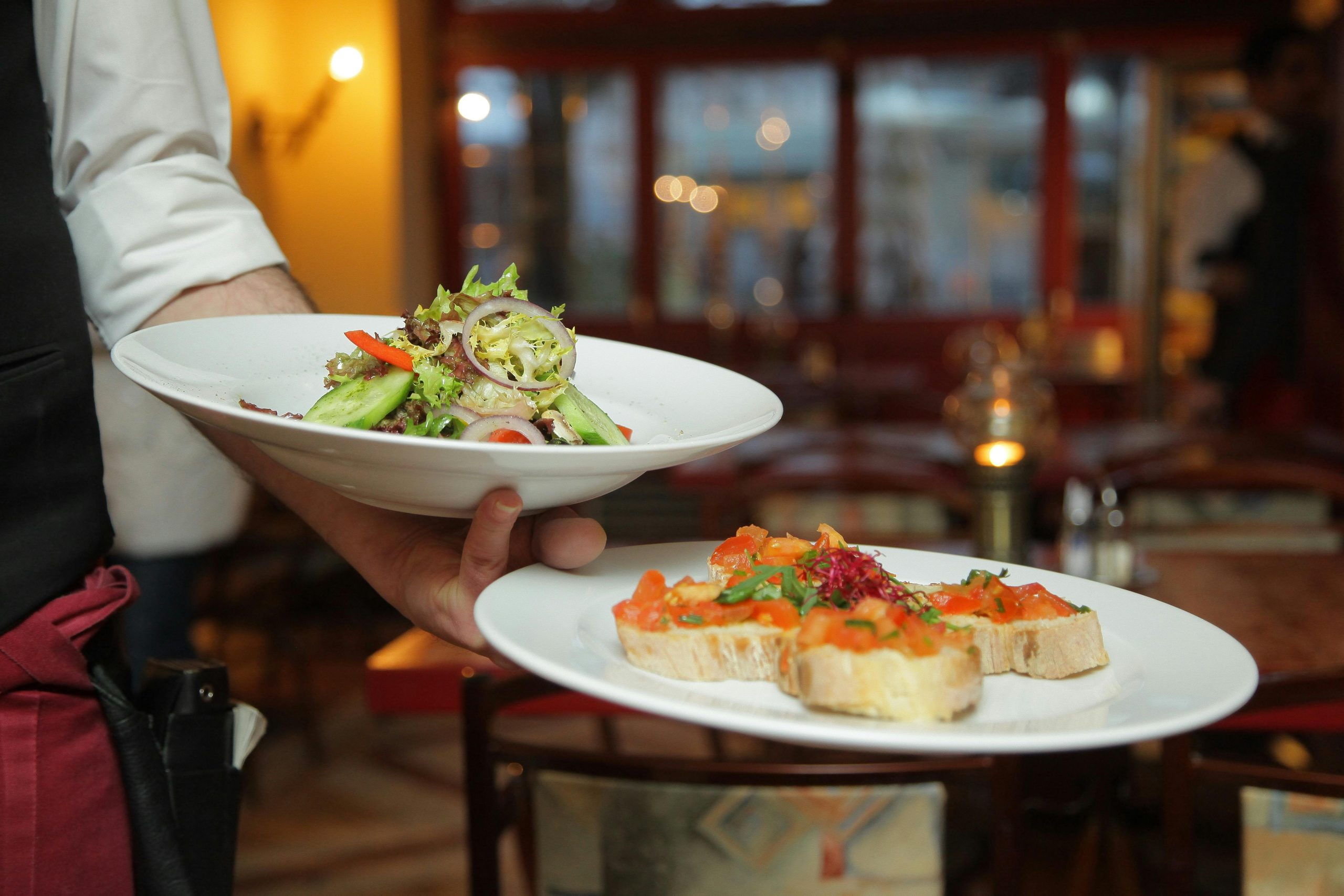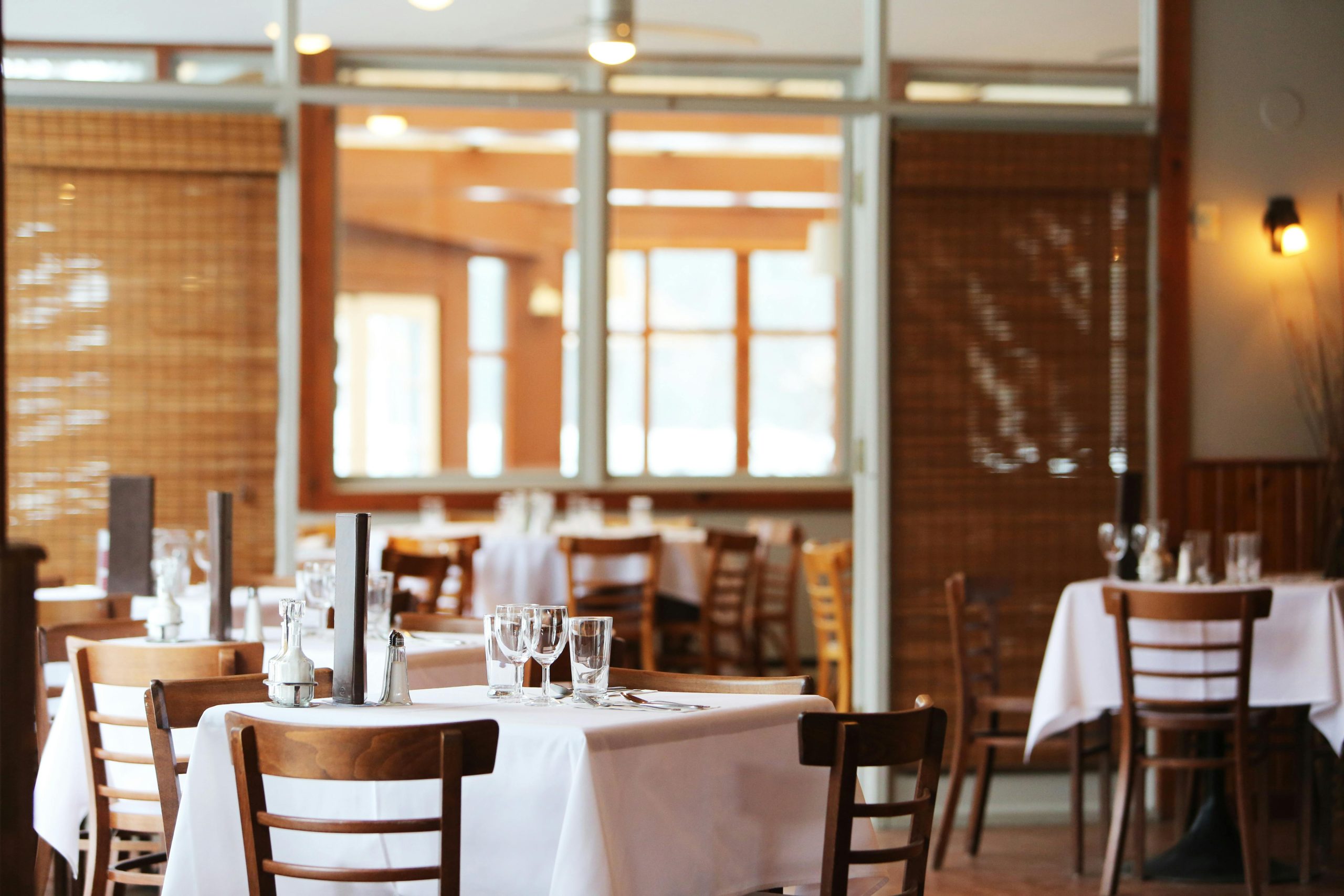In today’s digital age, a restaurant’s online reputation can make or break its success. Before stepping into your establishment, most customers will first look you up online. Reviews, social media mentions, and website experiences all shape their perception. Managing your restaurant’s online reputation effectively can lead to increased customer trust, foot traffic, and sales. Let’s dive into this ultimate guide, complete with actionable steps and affiliate tools to help you streamline the process.
Why Online Reputation Matters for Restaurants
The Impact of Reviews
Studies show that 92% of consumers read online reviews before visiting a restaurant. A few negative reviews without responses can tarnish your image. On the flip side, positive reviews boost your credibility and visibility in local searches.
Local SEO Benefits
Google’s algorithms favor businesses with higher ratings and more reviews. This means managing your online reputation doesn’t just improve customer perception—it directly affects your search engine rankings.
Pro Tip: Tools like BrightLocal offer in-depth local SEO analytics to help you track your restaurant’s online performance.
Steps to Manage Your Restaurant’s Online Reputation
1. Claim Your Online Listings
Your restaurant’s online presence starts with your listings. Make sure to claim and optimize your profiles on platforms like:
- Google My Business
- Yelp
- TripAdvisor
Ensure your business name, address, phone number, and hours of operation are consistent across all platforms.
Recommended Tool: Use Yext to manage multiple listings in one place and avoid discrepancies that could harm your reputation.
2. Monitor Online Reviews and Mentions
You can’t fix what you don’t know. Monitor your restaurant’s online reviews on platforms like Yelp, TripAdvisor, and Google. Additionally, keep an eye on social media mentions, hashtags, and comments.
Tools to Monitor Mentions:
- Google Alerts: Set up alerts for your restaurant name and competitors.
- Reputation Management Software: Platforms like ReviewTrackers aggregate all reviews in one dashboard for easy management.
3. Engage with Customers
Responding to reviews—positive or negative—shows that you care about your customers’ feedback. Here’s how to handle different types of reviews:
Positive Reviews:
- Thank the reviewer by name.
- Mention specific details they praised to show authenticity.
- Invite them to return.
Negative Reviews:
- Apologize sincerely.
- Offer to resolve the issue offline.
- Use the feedback to improve your service.
Pro Tip: Avoid generic responses like “Thank you for your review.” Personalization builds stronger customer relationships.
4. Leverage Social Media for Engagement
Social media platforms like Instagram, Facebook, and TikTok allow restaurants to interact directly with their audience. Here’s how you can build a positive presence:
- Post high-quality photos of your dishes.
- Share behind-the-scenes content to humanize your brand.
- Run promotions and contests to encourage user-generated content.
Affiliate Recommendation: Use Canva Pro to create visually stunning posts and stories that grab attention.
5. Encourage Positive Reviews
Happy customers often don’t think about leaving reviews unless prompted. Here are some ways to encourage them:
- Add review prompts on your receipts or menus.
- Train staff to ask for reviews after a satisfying meal.
- Offer small incentives like discounts for verified reviews.
Affiliate Offer: Trustpilot makes it easy to collect and showcase customer reviews on your website and social platforms.
6. Handle Online Crises Gracefully
Even the best restaurants face online criticism. A viral negative review or video can spiral into a PR nightmare if not handled properly. Here’s how to respond:
- Stay calm and assess the situation.
- Issue a public statement addressing the issue.
- Follow up with a more detailed private resolution.
For ongoing crisis management, consider investing in tools like Hootsuite to stay on top of social media trends and respond quickly.
7. Encourage Customer Loyalty
A loyal customer base is your best asset for a strong online reputation. By providing consistent quality and engaging with your community, you can turn one-time diners into lifelong fans.
Loyalty Strategies:
- Launch a rewards program.
- Send personalized emails on special occasions like birthdays or anniversaries.
- Partner with local influencers to promote your restaurant.
Affiliate Suggestion: Use Mailchimp to automate your email marketing campaigns and stay in touch with your customers.
8. Utilize Influencer Marketing
Local food influencers can amplify your restaurant’s online reputation. Identify influencers in your area and offer free meals or discounts in exchange for honest reviews or shoutouts.
Finding the Right Influencers:
- Check local hashtags like #FoodieCityName on Instagram.
- Use tools like AspireIQ to connect with influencers who align with your brand.
9. Invest in Professional Review Management
If managing reviews and online mentions feels overwhelming, consider hiring professionals. Agencies and tools can take the load off and ensure your reputation remains pristine.
Recommended Solution: BirdEye offers comprehensive reputation management services, including review monitoring, social listening, and customer feedback analysis.
10. Monitor Metrics and Adjust Strategies
Reputation management is not a set-it-and-forget-it process. Regularly analyze your performance and adjust your strategies as needed.
Metrics to Track:
- Number of reviews and overall ratings.
- Customer sentiment trends.
- Social media engagement rates.
- Website traffic from review sites.
Affiliate Tool: Use SEMrush to track your online reputation metrics and gain insights into competitor strategies.
Quick Checklist for Managing Your Restaurant’s Online Reputation
- ✅ Claim and update your online listings.
- ✅ Monitor reviews and social mentions.
- ✅ Respond to all reviews promptly and professionally.
- ✅ Encourage positive reviews through incentives.
- ✅ Engage with your audience on social media.
- ✅ Handle online crises with grace and transparency.
- ✅ Build customer loyalty with rewards and email campaigns.
- ✅ Collaborate with influencers for added visibility.
- ✅ Regularly analyze your reputation metrics and adjust your approach.
Conclusion: Why Online Reputation is a Long-Term Investment
Managing your restaurant’s online reputation is not a one-time task—it’s an ongoing commitment. A positive online image builds trust, attracts new customers, and keeps your loyal patrons coming back. By implementing the strategies outlined in this guide, you’ll create a solid foundation for your restaurant’s success.
Take Action Today: Start with tools like BrightLocal, Trustpilot, and Canva Pro to get a head start on managing your restaurant’s online reputation.
By integrating these actionable steps and recommended tools, you can confidently navigate the digital landscape and ensure your restaurant’s reputation remains stellar. Happy managing! 🍴



